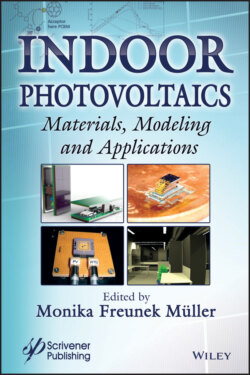Читать книгу Indoor Photovoltaics - Группа авторов - Страница 17
2.1.1 Brief History of Electric Generators and Loads
ОглавлениеThe use of ambient energy in human operated applications is far older than the electric grid. Wind- and watermills have been constructed and operated by humans over thousands of years. Based on the work of Bélidor [2], the first electrodynamic hydro generators were developed and applied for local grids, such as by the US Grand Rapids Electric Light and Power Company in 1880 [3].
The following decade mainly focused on large-scale electrification in both appliances and connections. According to the World Bank, 89% of the world was considered electrified in 2017 [4]. Grids were generally constructed as alternating current (AC) grids. Especially after the introduction of nuclear plants, electric appliances were mostly designed for an abundance of power. With the progress in semiconductor research, transistor elements were invented in 1947 [5]. This enabled the development of electronic products based on semiconductor elements, such as silicon. Silicon with its bandgap of 1.12 eV has an open circuit voltage of around 0.6 V. A serial connection of many silicon elements then yields an operating DC voltage around 3 to 12 V, which can be provided by batteries. Therefore, these devices were and are preferably battery powered.
Both the small scale and the low required power of electronic devices enabled miniaturization of products. In 1997, Chu et al. demonstrated a cubic corner reflector below the centimeter scale [6]. This was the beginning of the Smart Dust project [7], which aimed at fabricating distributed wireless sensor nodes in a microscale. With a similar approach, DARPA launched a program in order to developed miniaturized wireless sensor nodes [8].
